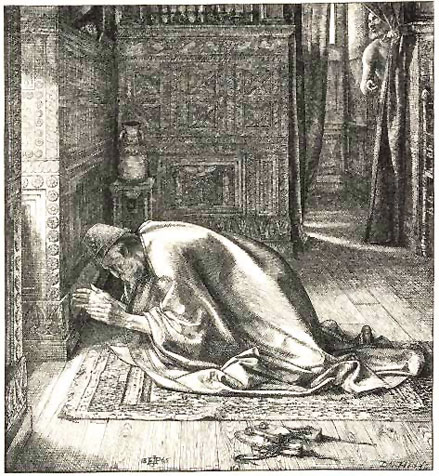Peter Leithart has posted about the structure of Galatians 6:
Structure Of Galatians 6
Galatians 6 is roughly organised as a chiasm:
A. Bear one another’s burdens
…..B. Boasting in oneself and not another
……….C. Sowing and reaping; flesh
……………D. Do good
……….C’. Judaizers want good show in flesh/boast in flesh
…..B’. Boasting only in Christ Jesus: crucified to world
A’. I bear stigmata
The links are mainly verbal. The verb “bear” appears in verses 1, 5, and 17. ”Boasting” is a theme in 6:4 and 13-14, contrasting the boasting-in-flesh of the Judaizers with the boasting-in-the-death-of-flesh of Paul. ”Flesh” is found in verses 8 and 12-13. At the centre is an exhortation to persevere in doing good to all men, and especially to do good to the family or “household” of Abraham that Paul has been describing throughout the letter.
I could be imagining things, but I see the feasts of Leviticus 23 here as well:
A. Sabbath (the Spirit overshadows, the Word comes from God) call to worship
000B. Passover (Adam presented) self-examination/confession
000000C. Firstfruits (High Priest – Adam ascends) ascension of praise
000000000D. Pentecost (Law given) sermon
000000C’. Trumpets (armies – Eve presented) offertory
000B’. Atonement (sin expelled from nation – Eve ascends) communion
A’. Booths (rest) doxology and dismissal
Note also that when this pattern appears elsewhere in the Bible, the last point, Booths, is a glorified Solomon (Sabbath-king) sending out letters or chariots with the Word, beginning this cycle in the next generation. Here, Paul himself is the epistle carrying the graven words of God on tablets of flesh.





























